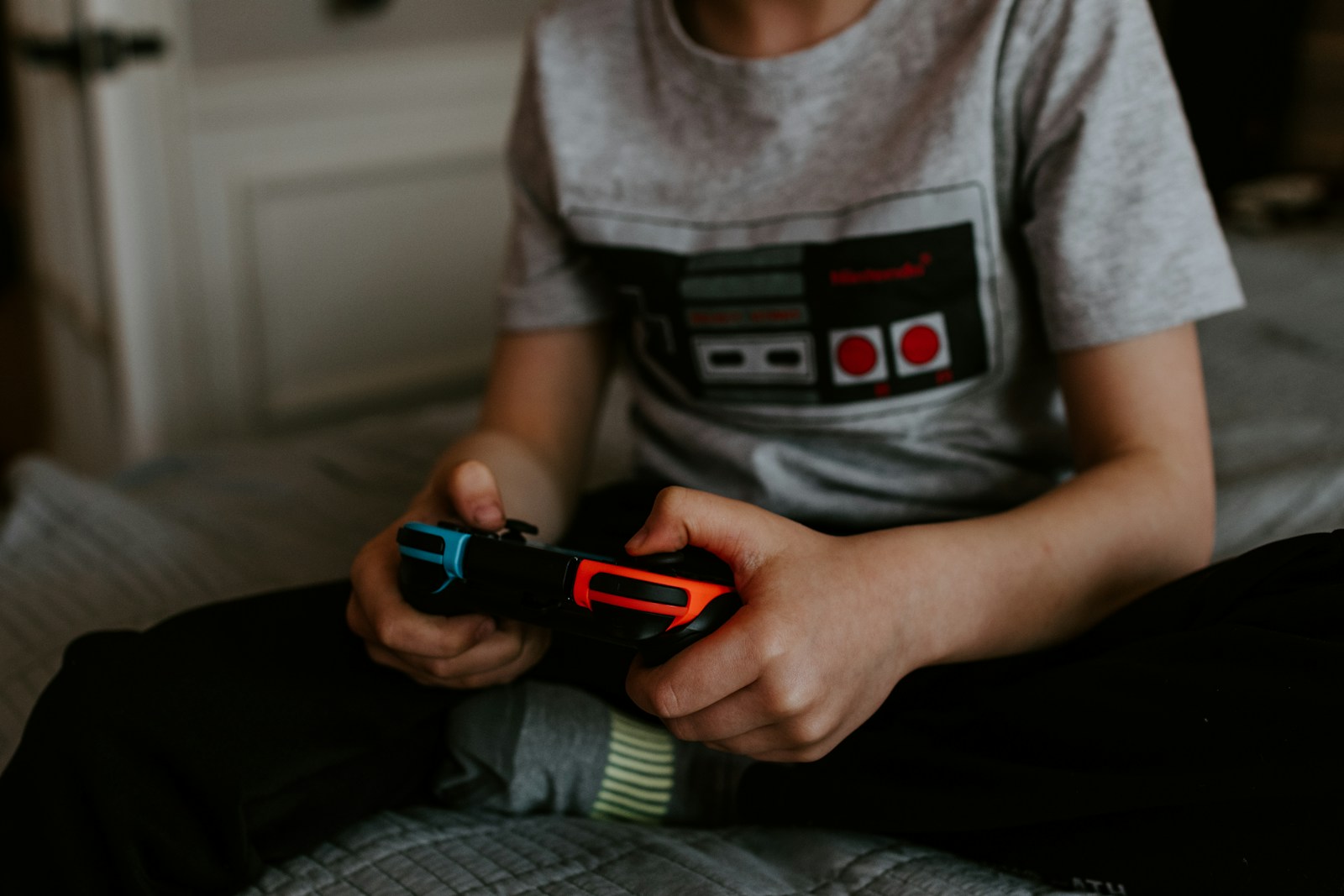As children flock to virtual worlds like Roblox, concerns over safety, privacy, and exposure to harmful content are growing. Here’s how parents can navigate the challenges of the metaverse.
Key Points at a Glance
- Roblox, one of the largest metaverse platforms, hosts millions of young users daily.
- Risks include exposure to inappropriate content, online predators, and financial exploitation.
- Parental tools like privacy settings and content filters can help mitigate these risks.
- Experts urge parents to engage with children and educate them about digital safety.
- The platform’s rapid growth has sparked debates on industry-wide regulation for metaverse platforms.
With over 200 million monthly active users, Roblox has become a staple in the digital lives of children and teenagers. The platform allows users to create, explore, and interact within virtual worlds. While its metaverse is rich with creativity and social interaction, it also presents unique safety concerns for younger audiences. Parents now face the pressing challenge of ensuring their children’s safety in this immersive digital frontier.
Roblox’s appeal lies in its vast universe of user-generated games and experiences. However, this freedom comes with a lack of oversight that has raised red flags among experts. Children are at risk of encountering inappropriate content, falling victim to scams, or engaging with online predators disguised as fellow players.
One alarming issue is the presence of simulated gambling games that exploit players through microtransactions. Many of these games lure children into spending real money for virtual rewards, creating risks of financial exploitation. “The virtual economy in Roblox can blur the lines between gaming and real-world spending,” says Sarah Lewis, a cybersecurity consultant. “Parents need to be vigilant about in-app purchases and educate their children on responsible digital spending.”
Roblox provides various parental control features, including age-based account settings, chat filters, and spending limits. These tools allow parents to customize their child’s experience by limiting interactions with strangers and filtering potentially harmful content.
However, critics argue that these measures alone are insufficient. “Technology alone cannot guarantee safety,” says Dr. Emily Carter, a child psychologist specializing in digital behavior. “Parents need to actively participate in their children’s online lives, discussing potential risks and setting boundaries.”
Open communication is crucial in preparing children for the metaverse. Experts recommend having regular conversations about online safety, teaching kids how to recognize scams, and explaining why sharing personal information online is dangerous.
“Children often don’t fully grasp the implications of their actions online,” Carter explains. “Parents should treat digital safety like they would any other life skill—through consistent guidance and hands-on learning.”
The rapid growth of Roblox and similar platforms has fueled calls for industry-wide regulation. Advocates argue that metaverse companies should bear greater responsibility for protecting their youngest users. Proposed solutions include stricter content moderation, clearer guidelines on in-game spending, and mandatory educational resources for parents.
Roblox has taken steps toward greater accountability, including hiring more moderators and introducing educational campaigns on digital citizenship. However, with the platform’s user base growing exponentially, critics say more comprehensive solutions are needed to address the evolving risks.
As the metaverse becomes an integral part of childhood, the responsibility for ensuring safety rests on multiple shoulders. Parents, educators, and tech companies must work together to build a safer digital environment. By combining robust parental tools, open communication, and stricter regulations, the promise of a creative and enriching metaverse can be realized without compromising the well-being of its youngest inhabitants.
